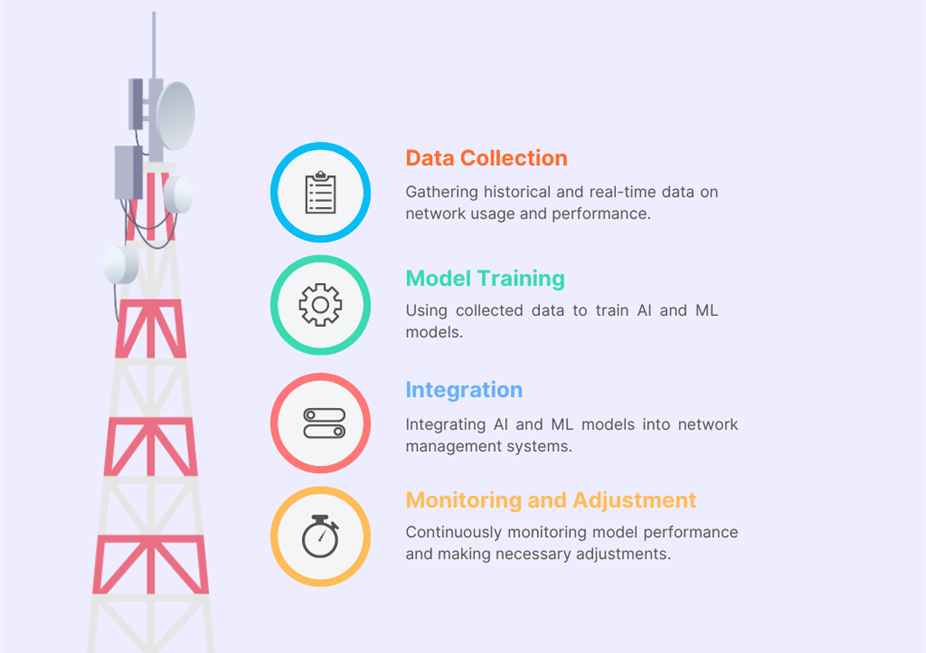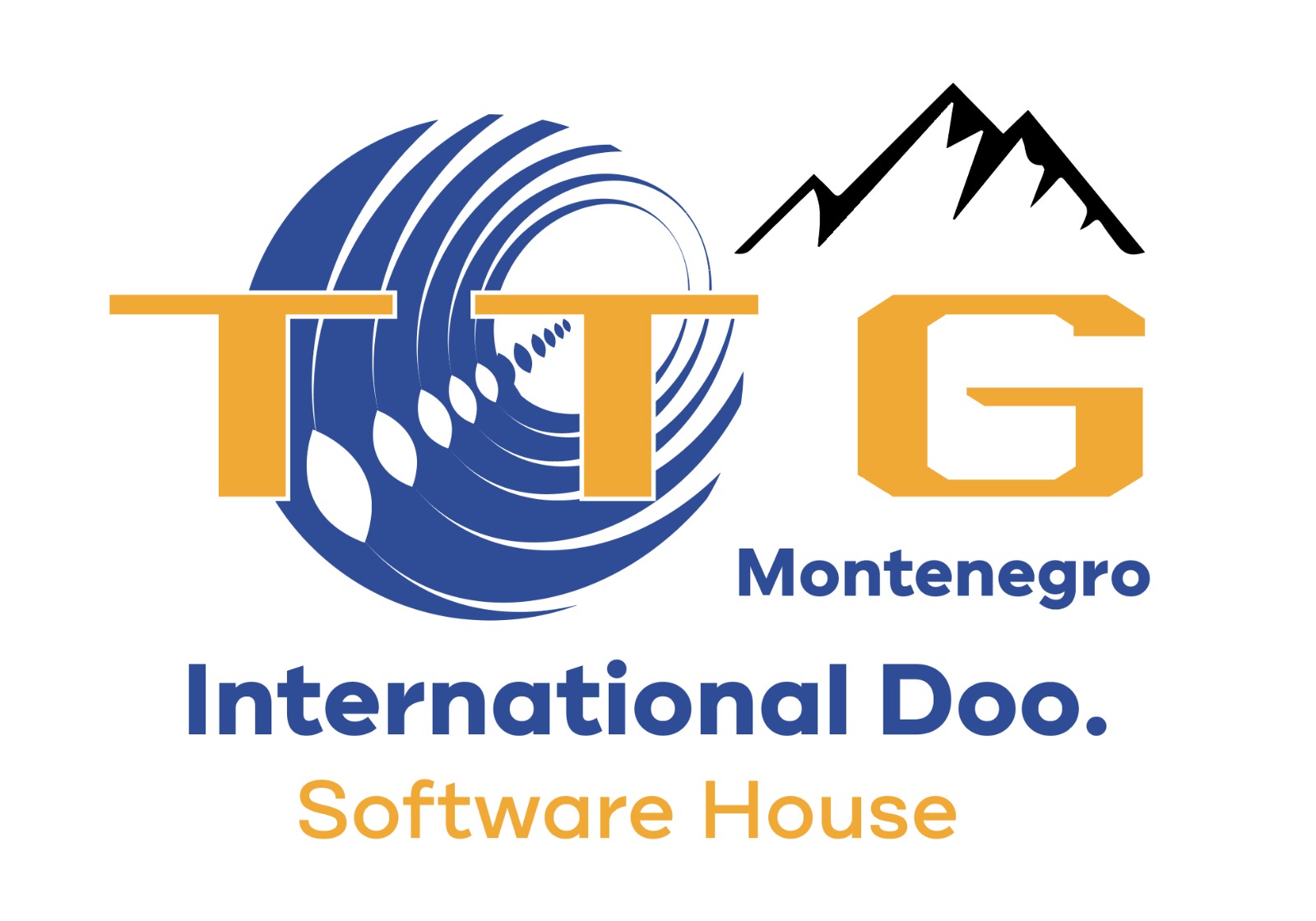Artificial Intelligence (AI) and Machine Learning (ML) are revolutionizing various industries, and network management is no exception. These technologies play a crucial role in predicting traffic, analyzing congestion rates, identifying peak hours, and improving Key Performance Indicators (KPIs) that influence the Quality of Service (QoS) for network operators. In this blog post, we will explore the importance, practicality, and influence of AI and ML in network management, and explain how these technologies are implemented.
The Importance of AI and ML in Network Management
Quality of Service (QoS) is a critical aspect for network operators, ensuring that customers experience reliable and efficient network performance. With the exponential increase in data traffic, managing networks has become more complex. AI and ML provide innovative solutions to these challenges by enabling smarter and more efficient network management. These technologies help operators predict traffic patterns, analyze congestion rates, and optimize network performance during peak hours, ultimately enhancing QoS.
Traffic Prediction
Traffic prediction involves forecasting network usage patterns to anticipate and manage future traffic loads. AI and ML algorithms analyze historical data, such as user activity and network usage trends, to predict future traffic. This allows operators to proactively manage resources, reduce latency, and avoid potential bottlenecks. For example, an AI-driven traffic prediction system can allocate bandwidth dynamically based on predicted demand, ensuring a smooth and uninterrupted user experience.
Congestion Rates Analysis
Network congestion occurs when demand exceeds capacity, leading to slower speeds and reduced QoS. AI and ML are instrumental in analyzing congestion rates by identifying patterns and anomalies in network traffic. Machine learning models can detect early signs of congestion and suggest corrective actions, such as rerouting traffic or increasing capacity in specific areas. This proactive approach helps maintain optimal network performance and prevents significant service degradation.
Peak Hours Analysis
Peak hours are periods of highest network usage, often leading to congestion and performance issues. AI and ML analyze data to predict peak usage times and optimize network performance accordingly. By understanding when and where peak usage occurs, operators can allocate resources more effectively, such as increasing bandwidth during anticipated peak times. This ensures a consistent and high-quality user experience, even during the busiest periods.
Key Performance Indicators (KPIs) Influencing QoS
KPIs are metrics used to measure the performance and quality of a network. AI and ML significantly impact several critical KPIs, including:
- Latency: AI algorithms optimize routing paths and resource allocation to minimize delays.
- Packet Loss: ML models identify and mitigate potential causes of packet loss, ensuring data integrity.
- Throughput: AI-driven traffic management enhances throughput by balancing load and optimizing resource use.
By continuously monitoring and improving these KPIs, AI and ML ensure that network performance meets or exceeds user expectations.
Implementation of AI and ML in Networks
Implementing AI and ML in network management involves data collection, model training, integration and monitoring and adjustment as main steps. Figure 1 below is provided to demonstrate Implementation Steps of AI and ML in Networks.

Figure 1: Steps for Implementing AI and ML in Network Management
Tools and technologies such as neural networks, reinforcement learning, and cloud-based AI platforms facilitate this process. While implementation can be challenging, the benefits far outweigh the difficulties.
Practical Benefits and Influence on Network Operators
For network operators, the practical benefits of AI and ML are substantial:
Cost Savings: Reduced need for manual intervention and optimized resource use lead to significant cost savings.
Efficiency Gains: Automated traffic management and congestion analysis improve overall network efficiency.
Customer Satisfaction: Enhanced QoS leads to higher customer satisfaction and lower churn rates.
Strategic Advantages: Operators using AI and ML can differentiate themselves in a competitive market, offering superior network performance.
Embracing the Future of Network Management
AI and ML are transforming network management by enabling more accurate traffic prediction, effective congestion analysis, and optimized peak hour performance. These technologies improve key performance indicators, enhance QoS, and provide significant benefits for network operators. As the telecommunications industry continues to evolve, AI and ML will play an increasingly vital role in ensuring reliable and efficient network operations. Network operators should consider integrating these technologies to stay ahead in the competitive landscape.




